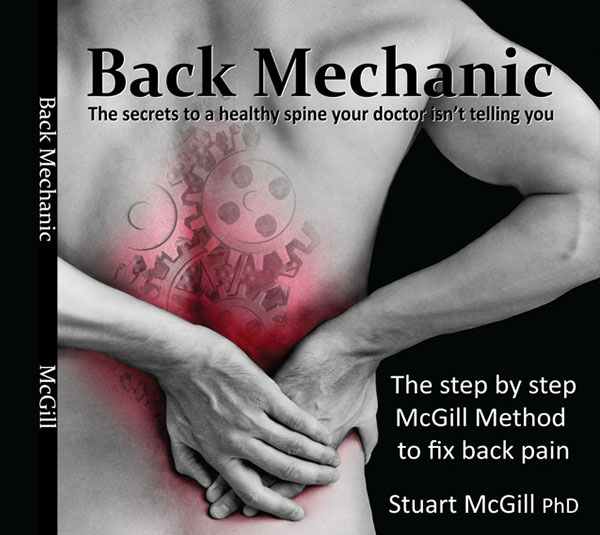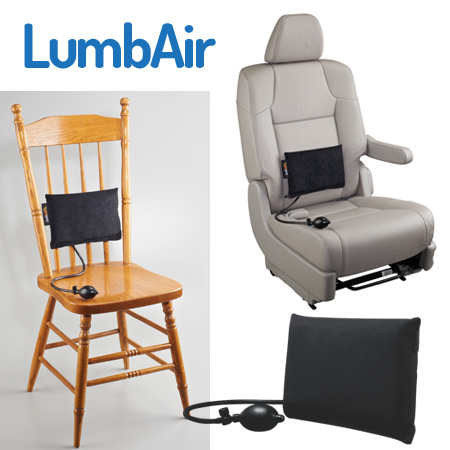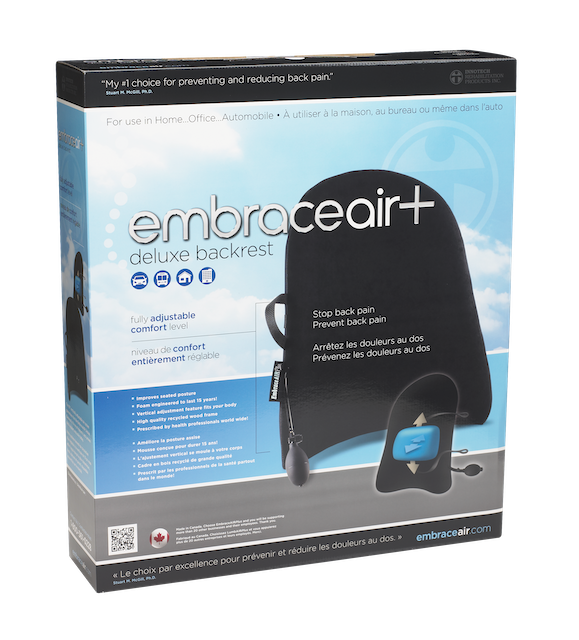25 Jul Inside the Summit: Building Better Clinicians with Dr. Stuart McGill
Article Rundown
- Dr. McGill explains how the Summit Experience blends online learning with hands-on mentorship.
- Small group weekends foster deep clinical skill-building and real-world collaboration.
- Cross-discipline conversations lead to breakthrough insights around the fire pit.
- Becoming a McGill Method provider isn’t for everyone—and requires lifelong learning
Inside the Summit
In Part 2 of my latest sit-down with Dr. Stuart McGill, we move from high-speed sledding and staying active (covered in Part 1) into something that’s arguably even more impactful—how to pass on what you know and create better clinicians.
We dig into the evolution of the McGill Summit Experience—a hands-on educational weekend that’s helped shape how professionals from all corners of the rehab and performance world understand the spine, pain, and long-term results.
From Global Seminars to the Summit Experience
BackFitPro has always been about helping people—not just the injured, but the professionals who work with them. Before COVID, Stu’s teaching model revolved around big, in-person seminars held all over the world. But when travel and events shut down, he adapted.
What came out of that shift is something pretty special: a hybrid model that starts with around 52 hours of in-depth online learning, followed by a three-day, small-group weekend at McGill’s own facility in Canada.
“I didn’t think I’d ever teach online,” Stu told me. “But we’re producing better clinicians now than we did before.”
A Gathering of Disciplines—and Real-World Experience
One thing that stood out as we talked was the wide range of professionals who come to these courses. It’s not just physical therapists or strength coaches. It’s medical doctors, chiropractors, massage therapists, athletic trainers, PAs—you name it.
There’s a kind of “cross-pollination” that happens, as Stu described it, where everyone brings something to the table. Sometimes a doctor who specializes in spinal injections will explain their process, down to the nuanced choice of solution, biologics, or nerve lubrication. Other times it’s a manual therapist sharing a clinical breakthrough. These aren’t your average post-seminar Q&As—they’re conversations that challenge how people think and practice.
It’s that mixture of knowledge that makes the experience so unique. Even though I’ve never personally taken part in the Summit course—I became a McGill Method provider years ago under a different, much more personal set of circumstances—I’ve seen the kind of practitioners who come out of it, and many who say it changed the way they work with clients forever.
The Learning Doesn’t Stop When the Day Ends
Something Stu said really stuck with me: some of the most valuable moments during these weekends don’t happen during the scheduled course content—they happen afterward. Around the fire pit, over a steak and a beer, that’s when professionals start to reflect, trade stories, and connect the dots in ways that formal lectures never allow.
I’ve heard stories of spontaneous workshops breaking out late into the night. You’ll have a chiropractor talking with a massage therapist and a strength coach, and suddenly someone says, “That’s what I’ve been missing in my assessment process.” It’s this kind of informal but incredibly valuable learning that sticks with people—and builds relationships that last far beyond the weekend.
Should You Become a McGill Method Provider?
This is a question I get asked a lot: “Should I take the course? Should I become a McGill Method provider?”
Here’s the truth—I’m probably not the best person to ask. As many of you know, I met Dr. McGill back in 2013 under some serious circumstances after my own back injury. I didn’t go through the typical course route. I lived it. I’m biased because the McGill Method saved my lifting career—and helped me come back stronger than ever.
What I can say is that becoming a provider isn’t for everyone. It’s not a weekend course you check off and throw on your resume. It requires a deep understanding of injury mechanisms, tissue-specific adaptations, biomechanics, psychology, neurodynamics, and more. It’s not just about protocols—it’s about learning how to think, assess, and adapt.
“The learning never stops,” Stu said. “Every client teaches you something new.”
That mindset—constant improvement, staying humble, and staying curious—is what separates good clinicians from great ones.
Watch Part 2 Now
If you’re a clinician, coach, or therapist looking to get better at what you do—or just curious how some of the top minds in rehab and performance think—this episode is worth your time.
Watch Part 2 of the podcast now on YouTube, and hear Dr. McGill explain how his educational model is creating better outcomes, stronger networks, and a new generation of professionals who truly understand the spine.











Sorry, the comment form is closed at this time.